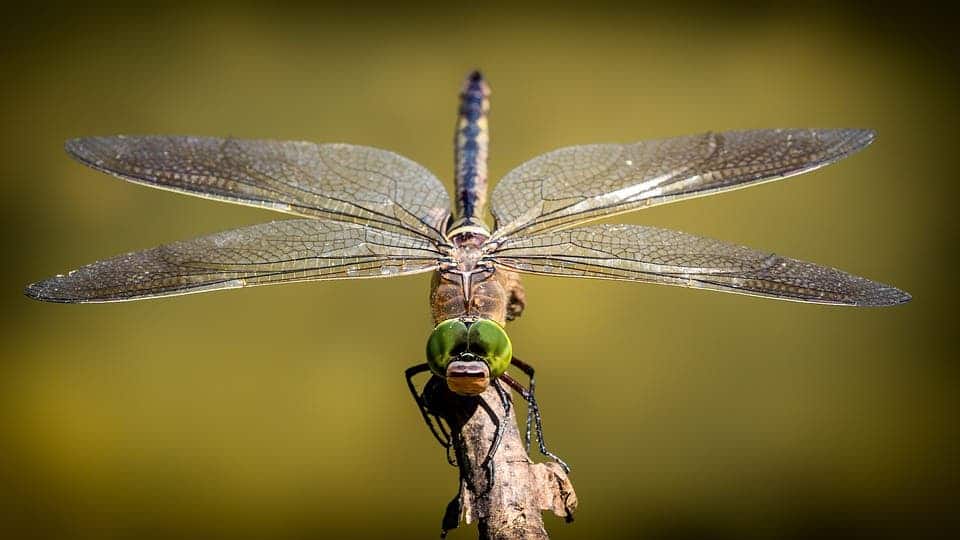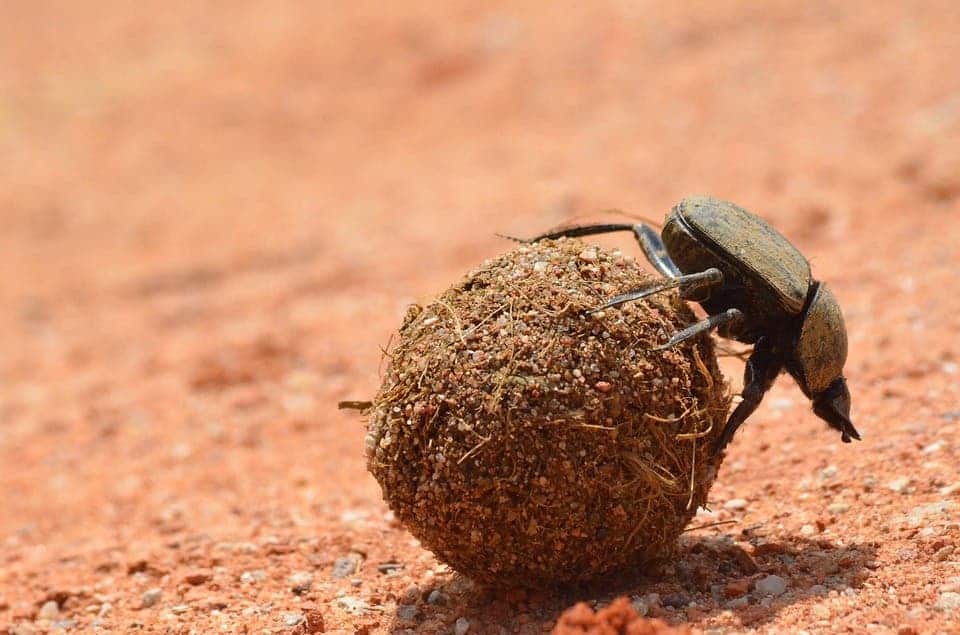Almost half of all the world’s insect species are in decline, and a third are already endangered, a new metastudy found. These trends point to a “catastrophic collapse of nature’s ecosystems”, it adds.

With the sixth mass extinction looming over the planet, it’s not the best of times to be an insect. The extinction rate among their species is eight times faster than that of mammals, birds, or reptiles. They’re struggling so much to make ends meet that some 2.5% of all insects (by weight) die year after year. Currently, over one-third of all insect species are endangered, and 40% of them are declining. If things don’t change, we could be looking at the end of insects (or at least, of insects as meaningful ecological actors) within a century.
These conclusions come from a massive meta-study looking at the state of insect species around the world.
Findings that should bug us
“If insect species losses cannot be halted, this will have catastrophic consequences for both the planet’s ecosystems and for the survival of mankind,” said Francisco Sánchez-Bayo, at the University of Sydney, Australia, corresponding author of the meta-study.
Sánchez-Bayo worked together with Kris Wyckhuys at the China Academy of Agricultural Sciences in Beijing. The research was spurred by recent reports of insect population collapses in Germany and Puerto Rico, which paint a dire picture. Insects are essential for the healthy functioning of ecosystems, the team writes — serving as food, pollinators, and nutrient recyclers. Their value in nature can be seen in the sheer diversity and quantity that insect species have reached. They are by far the most varied and abundant animals, outweighing humanity by an estimated 17 times.
Given these reported collapses and the rapid rate of extinction seen in larger animals (which are easier to study), the team wanted to find out how insects fare on a global level. To that end, they analyzed 73 studies on insect decline performed all over the world. Most of these were performed in western Europe and the US. A few looked at areas ranging from Australia to China and Brazil to South Africa, but very few treated other areas.
The findings, in short, are that it’s bad. It’s bad everywhere (we looked), and it’s bad because of us.
“The [insect] trends confirm that the sixth major extinction event is profoundly impacting [on] life forms on our planet,” the team writes. “Unless we change our ways of producing food, insects as a whole will go down the path of extinction in a few decades.”
“The repercussions this will have for the planet’s ecosystems are catastrophic to say the least.”
Orders Lepidoptera, Hymenoptera, and Coleoptera, are the worst hit groups. One of the studies included in the analysis shows that the number of widespread butterfly species on farmed land in the UK fell by 58% between 2000 and 2009. Bees are also struggling: Oklahoma lost half of its bumblebee species between 1949 and 2013. The number of honeybee colonies in the US was 6 million in 1947, but 3.5 million have been lost since. Beetle species are also declining, especially dung beetles.

Image credits Baynham Goredema.
While there are large gaps in our data — especially pertaining to species of flies, ants, aphids, shield bugs, and crickets — there is virtually no data that would suggest they’re faring better than the other insects included in this study. Some species, however, are making the best of it and increasing in number, but these are the exceptions rather than the rule. In the US, for example, the common eastern bumblebee (Bombus impatiens) is increasing in numbers due to its tolerance of pesticides (and its newfound lack of competitors). These increases are far too modest to make up for the overall decline, the team cautions.
The UK has suffered the biggest recorded insect declines overall, although the team notes that the country was the most intensely-studied area in its analysis. That doesn’t mean other areas are faring well, just that they’re faring better. In Puerto Rico, for example, a recent study revealed a 98% decrease in ground insects over the last 35 years.
Intensive agriculture — particularly due to heavy use of pesticides — is the main culprit. Urbanization and climate change, which are destroying these species’ habitats and food security, are also significant factors. Overall, the annual rate of insect species loss over the past 25 to 30 years averages 2.5%, a figure that Sánchez-Bayo told The Guardian is “shocking”.
“It is very rapid. In 10 years you will have a quarter less, in 50 years only half left and in 100 years you will have none.”
“The main cause of the decline is agricultural intensification,” he adds. “That means the elimination of all trees and shrubs that normally surround the fields, so there are plain, bare fields that are treated with synthetic fertilisers and pesticides.”
The team notes that more organic farms had healthy levels of insect inhabitants despite the occasional use of pesticides. The scale that insecticides are used on in industrialized farms, coupled with novel insecticide compounds such as neonicotinoids and fipronil, simply “sterilize[s] the soil”, Sánchez-Bayo explains. “Industrial-scale, intensive agriculture is the one that is killing the ecosystems,” he adds. This is deadly to insects living on the farms themselves, but also to neighboring ecosystems. One of the most worrying implications is that when insects die off, they take whole trophic trees along. Many species of birds, reptiles, amphibians, and fish rely heavily on insects for food.
In the tropics, where industrial agriculture isn’t yet well established, the decline is primarily driven by climate change.
Given the results, the strong language used in the review isn’t alarmist, the team feels. Their reviewers and editor agreed.
“We wanted to really wake people up,” says Sánchez-Bayo. “When you consider 80% of biomass of insects has disappeared in 25-30 years, it is a big concern.”
The paper “Worldwide decline of the entomofauna: A review of its drivers” has been published in the journal Biological Conservation.
Editor’s note, 12 February: Changed the first image to one of a dragonfly. It originally showed a millipede, which is an arthropod, not an insect. Cheers to Shelly for pointing it out.






